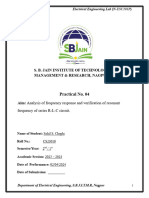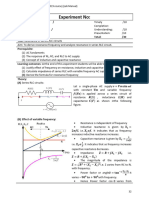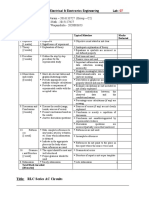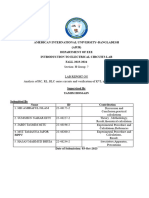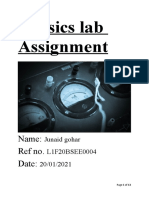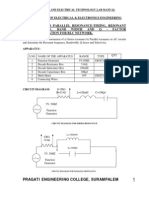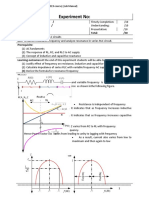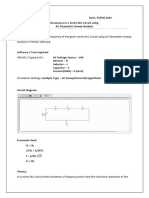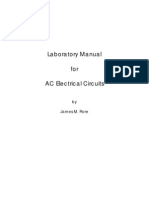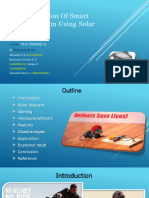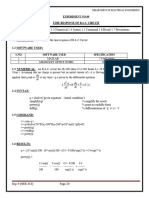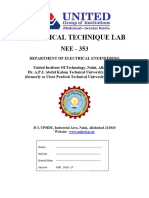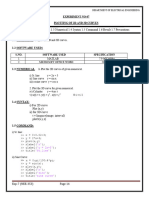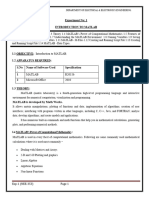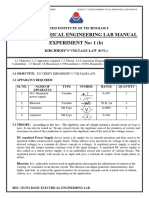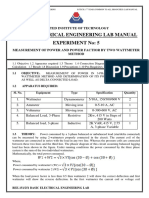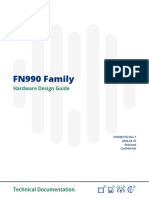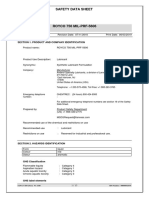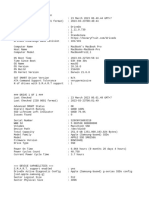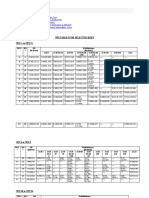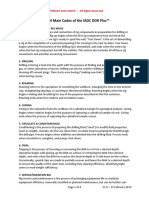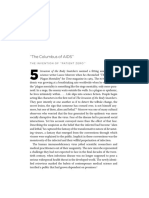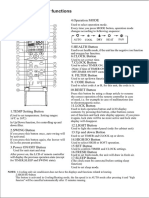0% found this document useful (0 votes)
230 views2 pagesExperiment 3
This document provides instructions for an experiment on resonance in an RLC series circuit. The objective is to study the phenomenon of resonance and obtain the resonant frequency. The required apparatus is an audio frequency function generator and an RLC resonance kit. The theory discusses that at resonance, the capacitive and inductive reactances become equal. The connection diagram, observation table, and sample questions are also included.
Uploaded by
Swaroop MallickCopyright
© © All Rights Reserved
We take content rights seriously. If you suspect this is your content, claim it here.
Available Formats
Download as PDF, TXT or read online on Scribd
0% found this document useful (0 votes)
230 views2 pagesExperiment 3
This document provides instructions for an experiment on resonance in an RLC series circuit. The objective is to study the phenomenon of resonance and obtain the resonant frequency. The required apparatus is an audio frequency function generator and an RLC resonance kit. The theory discusses that at resonance, the capacitive and inductive reactances become equal. The connection diagram, observation table, and sample questions are also included.
Uploaded by
Swaroop MallickCopyright
© © All Rights Reserved
We take content rights seriously. If you suspect this is your content, claim it here.
Available Formats
Download as PDF, TXT or read online on Scribd
/ 2
